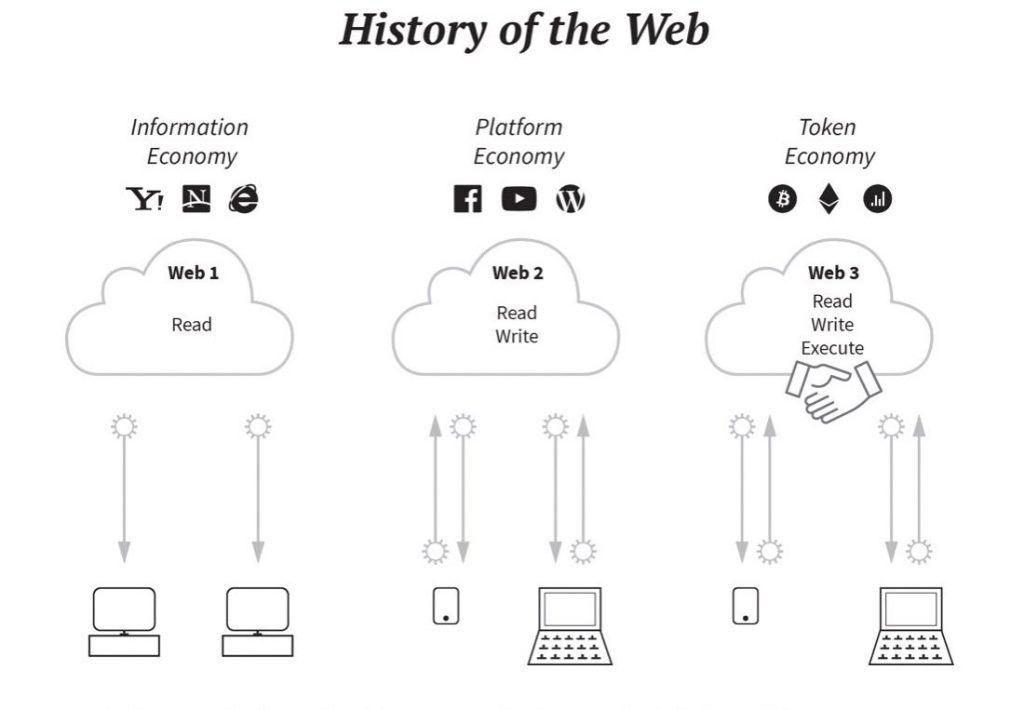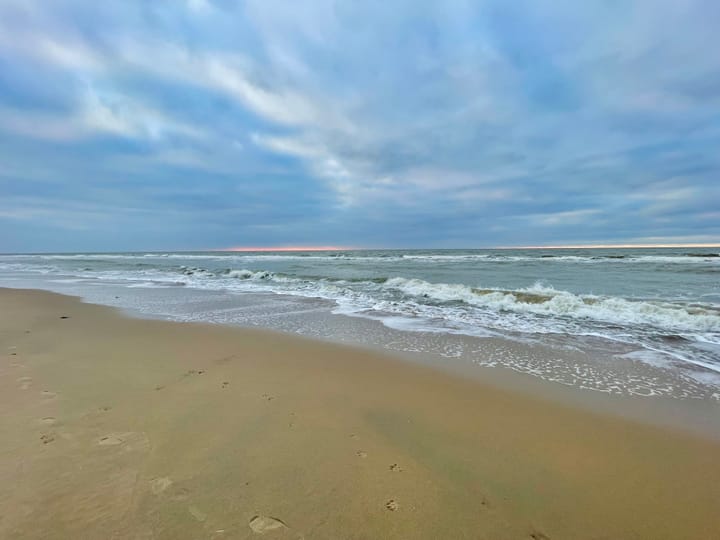Digging into Web3
Web3 is not so much a fact yet but more of a vision and perhaps best explained by looking at what Web1 and Web2 entailed.

Just a quick update. I'm busy going through a course called Solidity in addition to my work as a producer and entrepreneur. That is a programming language that you use to create Smart Contracts. Such a contract is an algorithmic progression of agreements and is placed on a blockchain as a so-called DApp (decentralized app). Chances are, I've already lost you?
What is Web3?
Web3 is not so much a fact yet but more of a vision and perhaps best explained by looking at what Web1 and Web2 entailed.
Web1 was a generation of the web where we all happily created a website and learned about emailing. At its core, it was an almost entirely public good, comparable to clean air, schooling, or infrastructure investment.
Economists formally think of public goods as ones which are non-rivalrous (meaning we can both consume them) and non-excludable (meaning I can't stop you from using them).
Web2 is a generation of the web dominated by large, private companies like Google, Amazon, Twitter and Facebook with platforms of a much more closed nature. And the vast majority of value accrues to the platform itself rather than to the users.
Web3 is more or less a reaction to the problems of the current web. No privacy, limited openness. Web3 is shaped by decentralization and a crypto token-based network.

Where Web3 is going
These are still big chunks to me, and it is certainly not yet clear exactly what Web3 will mean. There's debate whether it's going to be a kind of libertine Wild West by design, or whether something of a social or idealistic system is actually going to be possible. For now, it's what you hope to see.
There will be centralized services in web3 just as there were in web1. The key question in web3 is whether the network effects accrue as private goods (as they did in web2) or public goods (as they did in web1).
— cdixon.eth (@cdixon) January 23, 2022
A number of people have asked me why I get so bothered by crypto/blockchain/NFTS/Web3 when no one is making me participate against my will. It has come up enough times that I thought it merited a response. A thread.
— neil turkewitz (@neilturkewitz) February 16, 2022
I want to get a better handle on it in the near future, by working on it even more practically, and write about it with enthusiasm because I certainly find it exciting, and I hope you have or get interested in the idea of Web3 as well. I started on the wrong foot by confusing Web3 with Web 3.0, the semantic web, and I am happy to be on the right track again.



